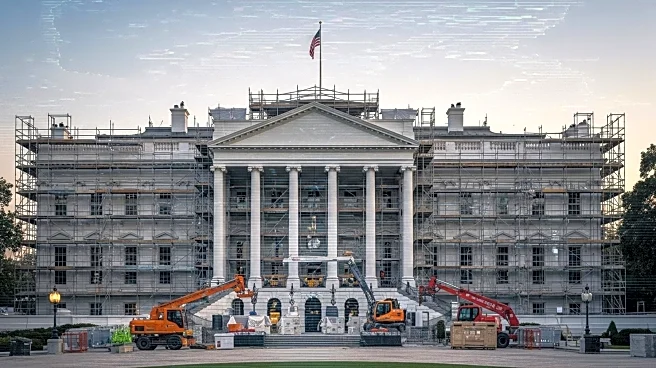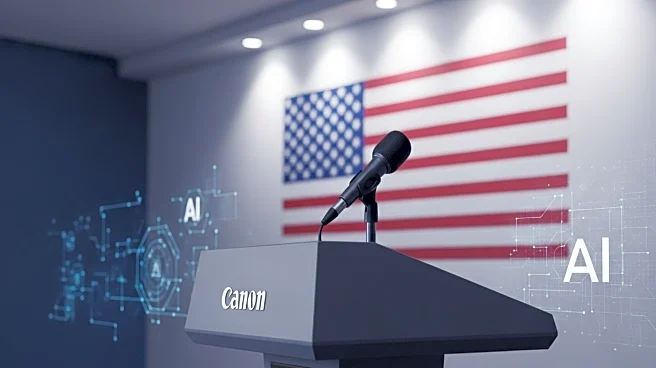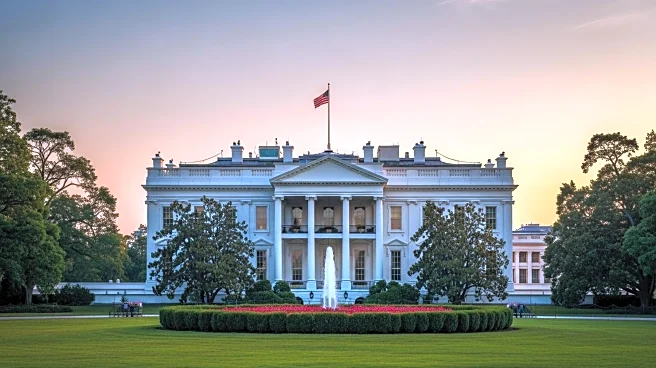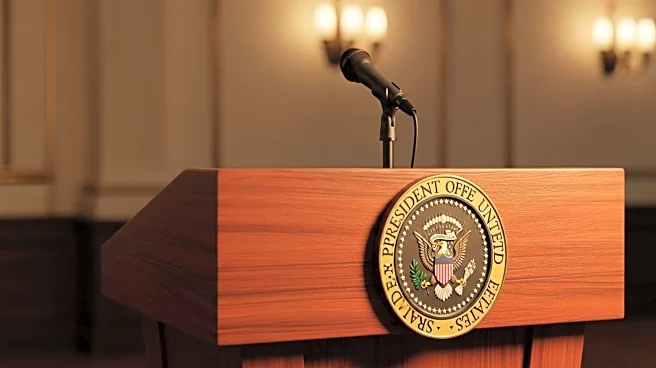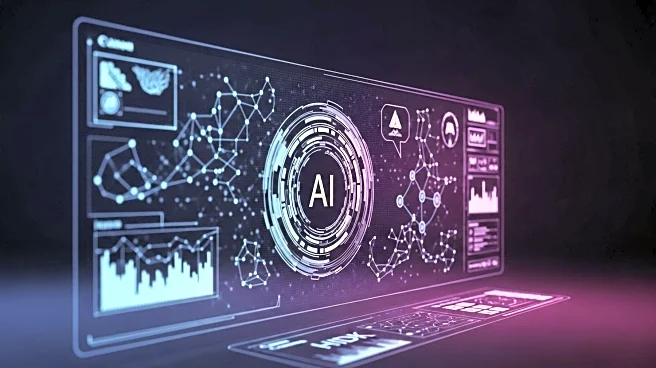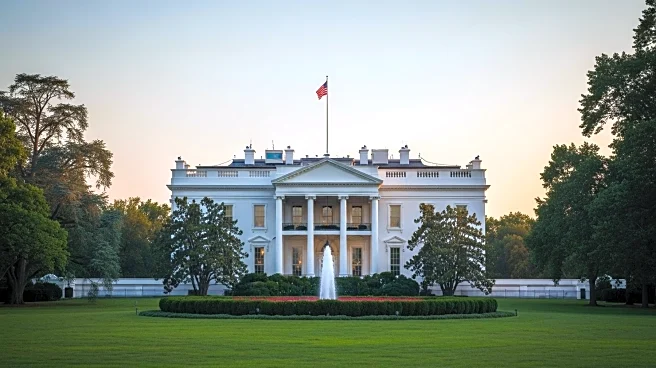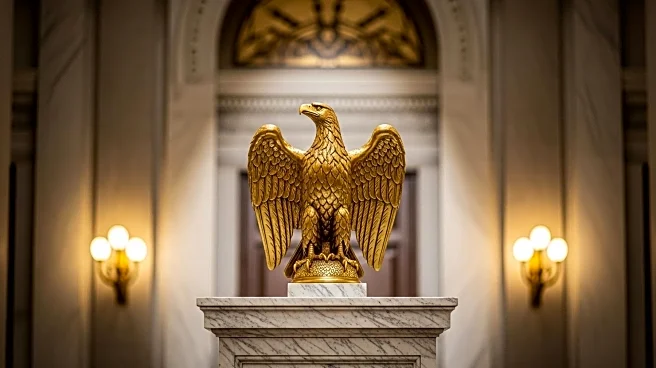What's Happening?
President Trump has dismissed a viral video showing a black bag being tossed from a White House window as an AI-generated fake. The video, which circulated on social media, depicts the bag being thrown from the second floor of the White House, where Trump's private residence is located. Trump expressed skepticism about the video's authenticity, citing the sealed nature of the windows. However, sources familiar with the situation indicated that the video is real and related to ongoing construction and renovations. Hany Farid, a professor at the University of California, Berkeley, and chief science officer at GetReal, stated that there is no evidence of AI manipulation in the video.
Why It's Important?
The incident highlights the growing concern over the use of AI in creating realistic fake videos, which can lead to misinformation and confusion. President Trump's comments reflect the broader debate on the impact of AI technology on public perception and trust. The situation underscores the need for effective tools and strategies to detect and address deepfakes, which can have significant implications for political discourse and public policy. The real-world impact of such technologies can affect public trust in media and government communications.
What's Next?
The White House has not provided further clarification on the video, leaving room for speculation and potential misinformation. As AI technology continues to evolve, there may be increased pressure on government agencies and tech companies to develop more robust detection methods. Stakeholders, including political leaders and tech experts, may need to collaborate on establishing guidelines and regulations to manage the use of AI in media.
Beyond the Headlines
The ethical implications of AI-generated content are significant, raising questions about privacy, consent, and the potential for misuse. The incident may prompt discussions on the legal frameworks needed to address the challenges posed by AI in media and communication. Long-term shifts in how society perceives and interacts with digital content could be influenced by the prevalence of deepfakes.


